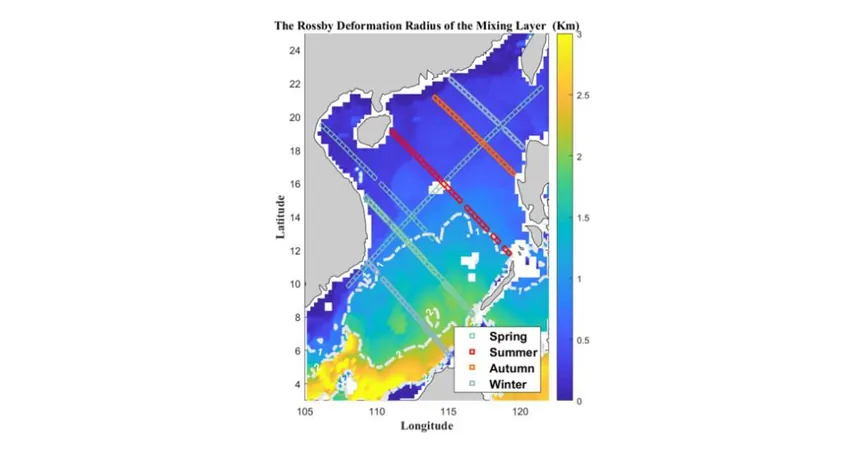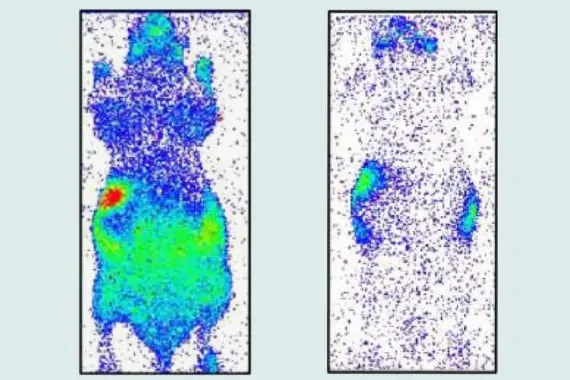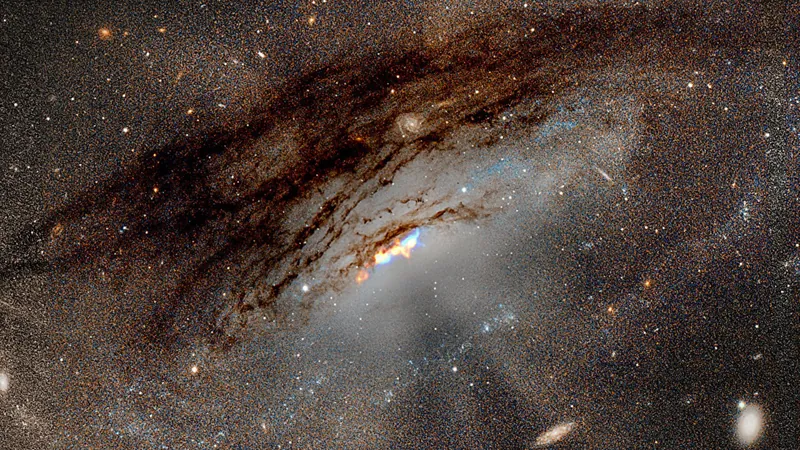
Unveiling Ocean Secrets: How Submesoscale Eddies Could Shift Our Climate Understanding
2025-04-28
Author: Liam
A Game-Changer in Ocean Research
In a groundbreaking study, researchers have harnessed cutting-edge satellite technology to unveil the hidden dance of submesoscale eddies (SEs) in the South China Sea. These small yet powerful oceanic whirlpools, typically between 1 to 5 kilometers in radius, play a crucial role in regulating heat transport and maintaining marine ecosystems.
Revolutionary Data Reveals Hidden Patterns
Published on March 28, 2025, in the prestigious Journal of Remote Sensing, this research marks a significant leap forward. Scientists from the First Institute of Oceanography collaborated with experts from the China Academy of Aerospace Science and Innovation, utilizing the state-of-the-art Interferometric Imaging Radar Altimeter (InIRA). They meticulously mapped a staggering 7,348 SEs, revealing their seasonal fluctuations and their surprising influence on ocean circulation.
Observing the Unobservable: The Breakthrough Technique
Traditionally, observing these elusive eddies was a challenge for satellite sensors due to their diminutive size. This new approach, which involves high-resolution data with a spatial resolution of 40 meters, enabled researchers to track SEs as small as 1 kilometer in radius. Through meticulous analysis, the researchers uncovered that cyclonic eddies (SCEs) and anticyclonic eddies (SAEs) have similar populations, with SCEs being somewhat larger, averaging 1.92 km.
Temperature Dynamics: A Shocking Discovery
The findings were illuminating: SEs were found to contribute to vertical heat fluxes of up to 0.55°C—comparable to larger eddies—which showcases their critical role in ocean heat regulation. The researchers noted that SEs peaked in summer, coinciding with significant seasonal shifts in the South China Sea's frontal systems.
Implications for Climate and Biodiversity
Dr. Zexun Wei, the lead author, remarked on the monumental implications of this research: "Our findings illuminate the role of submesoscale eddies in ocean dynamics like never before. The high-resolution InIRA data reveals their significant contributions to both vertical heat transfer and marine ecosystems—insights that are invaluable for climate modeling and marine resource management."
Looking Ahead: Expanding Our Understanding of Ocean Dynamics
This pioneering study not only enhances our grasp of SE behavior but supports improved climate change predictions. The research highlights the significance of SEs in nutrient distribution, fostering marine biodiversity and ensuring sustainable fisheries. As the scientific community looks to extend these methodologies to other oceanic regions, integrating multiple satellite data sources will be essential for deepening our understanding of global ocean circulation.
Conclusion
As we stand on the brink of a new era in oceanic exploration, the findings from this study could reshape our understanding of climate dynamics and marine ecosystems for decades to come.









 Brasil (PT)
Brasil (PT)
 Canada (EN)
Canada (EN)
 Chile (ES)
Chile (ES)
 Česko (CS)
Česko (CS)
 대한민국 (KO)
대한민국 (KO)
 España (ES)
España (ES)
 France (FR)
France (FR)
 Hong Kong (EN)
Hong Kong (EN)
 Italia (IT)
Italia (IT)
 日本 (JA)
日本 (JA)
 Magyarország (HU)
Magyarország (HU)
 Norge (NO)
Norge (NO)
 Polska (PL)
Polska (PL)
 Schweiz (DE)
Schweiz (DE)
 Singapore (EN)
Singapore (EN)
 Sverige (SV)
Sverige (SV)
 Suomi (FI)
Suomi (FI)
 Türkiye (TR)
Türkiye (TR)
 الإمارات العربية المتحدة (AR)
الإمارات العربية المتحدة (AR)